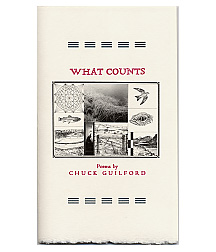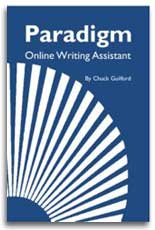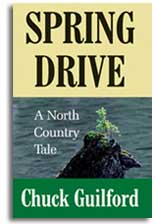Present the Facts
Facts, like examples, show readers the concrete particulars your ideas are built on. If readers know your thoughts are drawn from careful and detailed observation, they'll take those thoughts more seriously than they would mere opinion. Two valuable kinds of details are facts and statistics. If you're in doubt about whether informal or formal documentation is best, ask your teacher.
When you use facts and statistics, be sure they're accurate and that your reader can verify them by consulting your sources or other independent sources. Nothing destroys credibility faster than a reader's belief that you're intentionally or unintentionally distorting facts.
For a fuller discussion of when and how to document, see Documenting Your Sources. Often, as in the following example, an informal reference that clearly identifies your source of information will be adequate:
According to Bob Hull, the city's new recycling coordinator, 70% of all homes are participating in the new campaign, and this has resulted in a 30% reduction in the volume of waste received at the landfill.
If you're in doubt about whether informal or formal documentation is best, ask your teacher.
- << Prev
- Next




